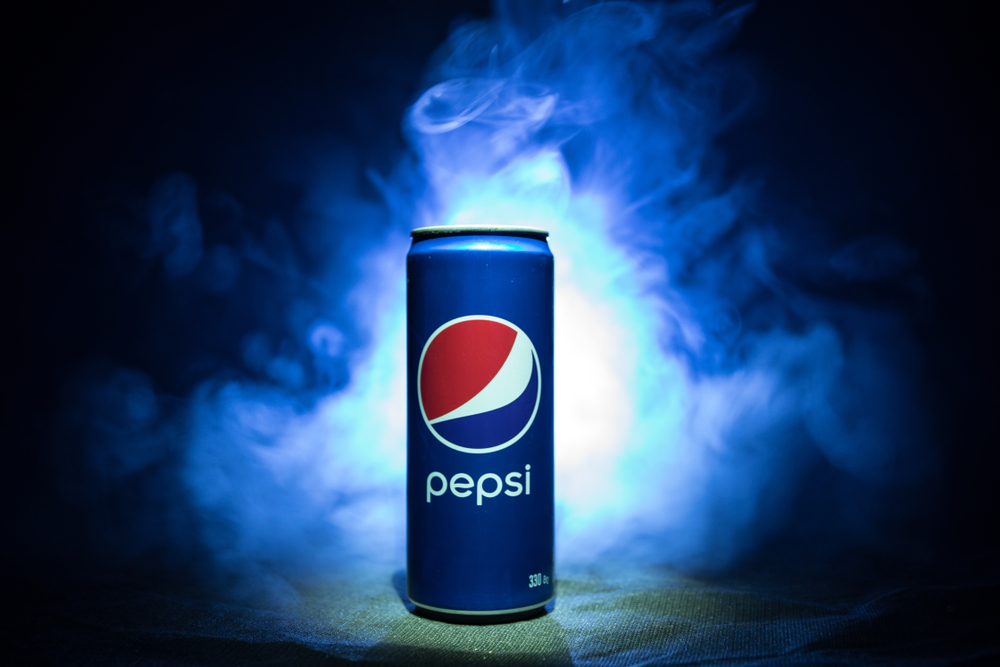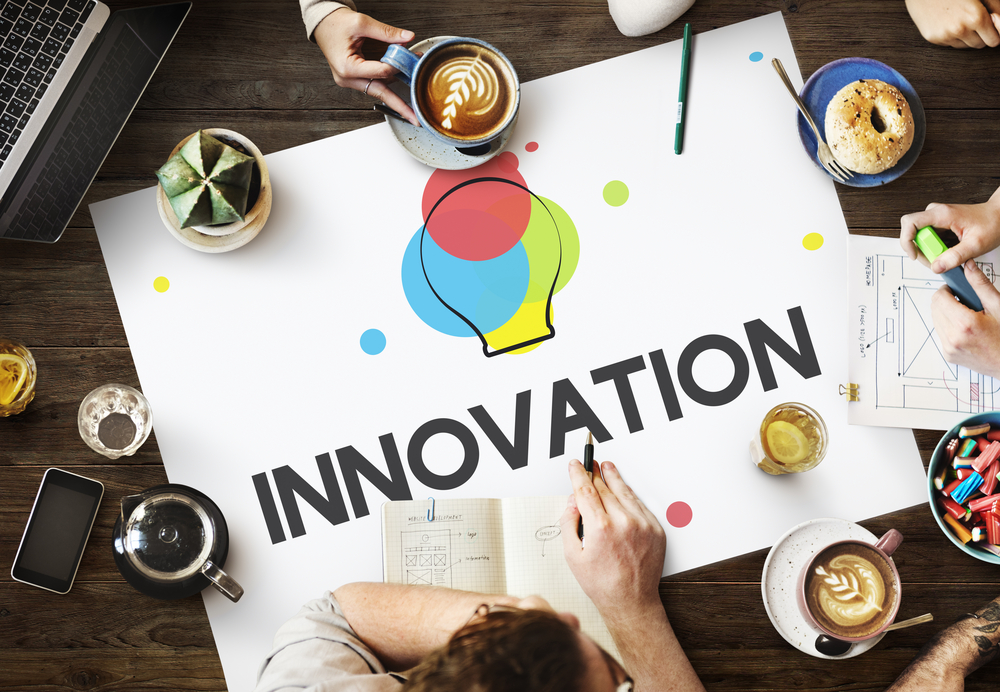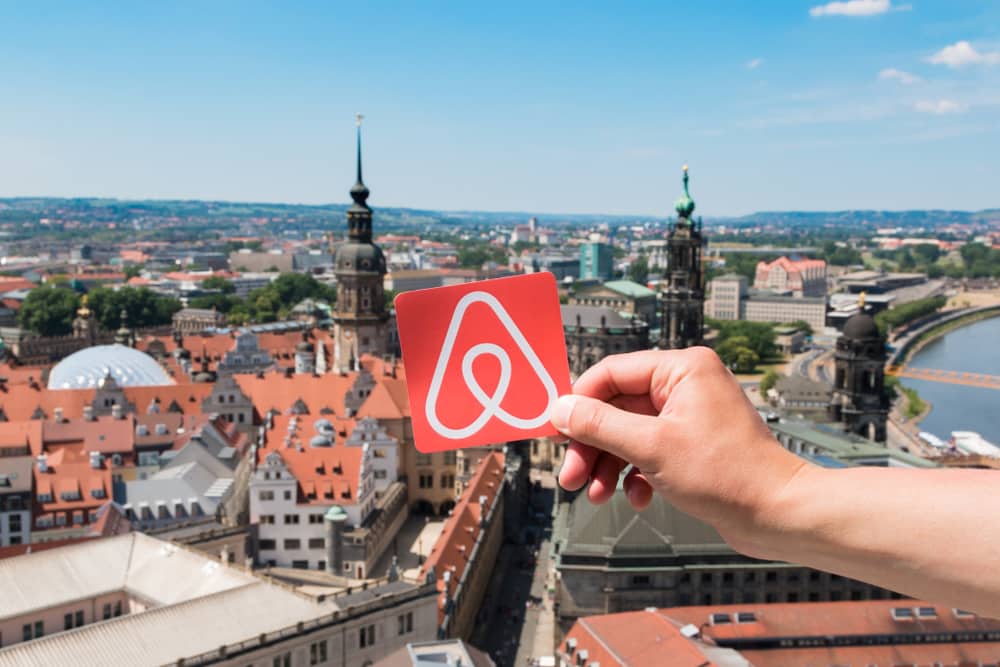Pepsico CEO Indra Nooyi took up the reins of the company when it was facing a considerable drop in sales. As a way to address this, she revised her business strategy to make it more inclusive for consumers. She famously went after Mauro Porcini and sought his expert advice to redesign PepsiCo’s user experience. Eventually, her team resolved the problems by relying on an iterative process of understanding users and providing instinctive solutions.
Under the leadership of Indra Nooyi, PepsiCo prioritised user-specific solutions, designed products that were more human-centric and earned the company record-breaking revenues apart from accolades. User experience was not a part of PepsiCo’s business strategy until the early 2010s. Whether it was their product packaging, form or function, that human element was missing in the design. Once they focused on customer experience and made design a priority, customers responded by engaging with the brand more. From designing touch-screen fountain machines (Pepsi Spire) to launching a special line of women’s snacks, PepsiCo reconditioned the way consumers interact with products. Mauro Porcini successfully introduced a more consumer-centric PepsiCo to the world with design thinking being the key driver behind all these changes.
The company leveraged design to drive innovation and create relevant brand experience for their customers. Design thinking helped them change their brand’s visual identity and improve the product itself. Following an iterative prototyping process, Pepsico was able to align the company goals around the product, helping transform obscure ideas and overcome plausible blockers in production process.
What really helped PepsiCo’s journey towards success was a deep understanding of consumer needs – the idea that the product had to communicate with the consumer in a way in which was unheard of before. Getting a perception of what consumers wanted from each of the products- vending machines, fountains or consumables and crafting the experience accordingly helped the company reclaim the market.
The Pepsi spire (a series of fountains and vending machines) is the most loved and the first in the design enhanced line of products. Pepsi Spire allows customers to customize their drinks by communicating with a highly responsive touch-screen fountain. Now, if you are wondering if design thinking is just about enhancing product packaging, it’s not quite so. Pepsi Spire is a classic example of how design thinking can impact all phases of product-customer experience. The spire is basically a futuristic machine that speaks to customers and invites them to interact with it. Its intelligent interface reminds customers of the order history and suggests new options based on the customer profile. They can also experience the infusion digitally by watching the whole process of adding their favourite elements in the drink on the screen in real time- right when they select it. This approach extends the enhanced customer experience to the post-product phase and makes it holistic. Pepsi Spire has now become iconic and inspired a series of intelligent vending machines.
Other Companies taking Cue from PepsiCo
Using design thinking to drive business means designing solutions with customers in mind – not only will that lead to more customer satisfaction but also establish businesses as distinguishable brands. What company wouldn’t want that? Global leaders are already using design thinking to align their customer’s goals and step into the future. Let’s take a look at the top companies who have already benefited from this model.
Apple: Apple is undeniably a classic example of how reconstructing user experience through innovation can lead to revolutionary success. At its core, Apple remains a company that has always championed innovation and delivered unique customer-driven experiences – all thanks to design thinking. Apple products ranging from iPhone, MacBook to ios not just bring you exquisite usability but also optimised functionality. From providing a holistic user experience to predicting customer needs, Apple has successfully shown the rest of the world how it’s done.
Nike: Nike has been a pioneer in merging sports with fashion. A brand which primarily targeted athletes and helped them enhance performance has now become quite a fashion trailblazer. “Move forward” (their pet phrase) not only dictates their designs but also aptly captures their user imagination. All along, design thinking has been instrumental in shaping their advanced products and services.
Google: Needless to say, Google has been acing the game and how! Whether it is Google map or Google Pixel’s image software, Google products are glaring examples of enhanced designs. Google teams are constantly thinking ahead of time and designing products and services that answer futuristic customer needs. Google’s constant endeavour to design products with a focus on user experience has established the brand as a world leader in design thinking.
Design Thinking has been around for longer than we think and its focus towards building enhanced user experiences has made it a much coveted strategy for brand building today. To put it in Porcini’s own words,
“People don’t buy, actually, products anymore, they buy experiences that are meaningful to them, they buy solutions that are realistic, that transcend the product, that go beyond the product, and mostly they buy stories that need to be authentic.”
PepsiCo’s success has since then inspired many other companies to rethink their business strategy and hire design thinking experts. If you are an enthusiast, learn more about Design Thinking courses.








